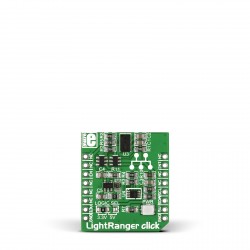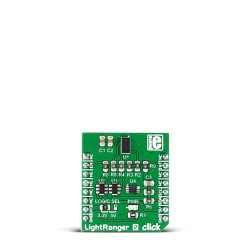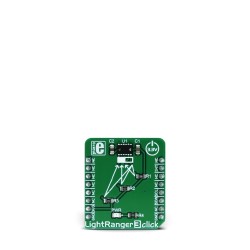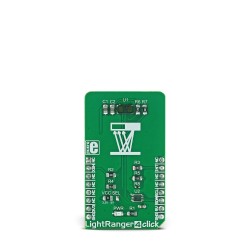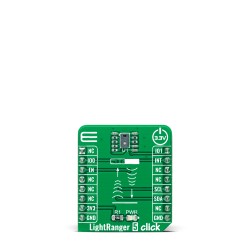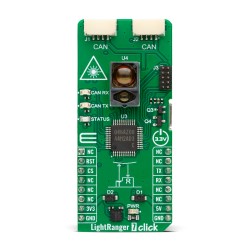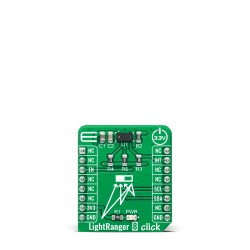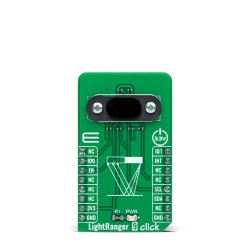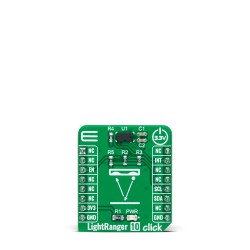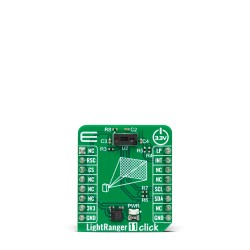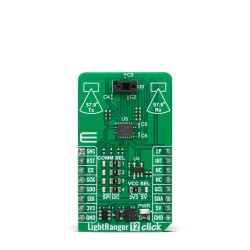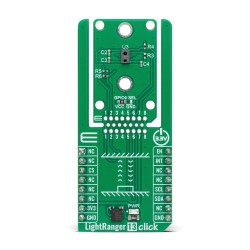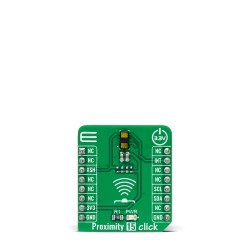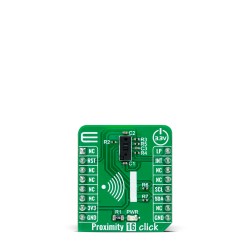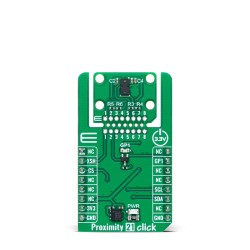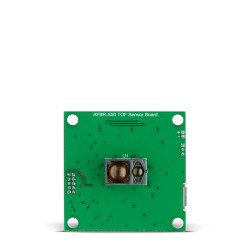In the realm of technology, time of flight camera sensors are making waves. They are revolutionizing how we perceive and interact with the world around us.
But what exactly is a time of flight sensor?
In simple terms, it's a device that measures the time it takes for light to travel from the sensor to an object and back. This data is then used to create 3D representations of objects and environments.
From robotics to healthcare, gaming to automotive, these sensors are finding applications in a wide array of industries. They are enhancing our capabilities and paving the way for advancements in numerous fields.
In this article, we delve into the fascinating world of time of flight sensors. We explore their workings, their applications, and how they are shaping our future. Join us as we uncover the myriad ways these sensors are transforming our lives.
Understanding Time of Flight Sensors
Time of flight (ToF) sensors leverage the speed of light to measure distance. They send out a light pulse and calculate the time taken for the light to return after hitting an object.
This duration is used to determine the distance between the sensor and the object. It's a fundamental approach for creating accurate 3D maps and models.
ToF sensors stand out due to their simplicity and precision. Unlike other distance-measuring techniques, ToF technology relies solely on light speed, providing high accuracy regardless of environmental factors.
Because of their robust capabilities, ToF sensors are integrated into numerous modern applications. From enhancing consumer electronics to improving industrial processes, their impact is substantial and diverse.
For anyone exploring these sensors, it's essential to grasp the technology's basics. Let's dive into what makes ToF sensors tick, starting with their fundamental definition.
What is a Time of Flight Sensor?
A time of flight sensor measures the time it takes for emitted light to travel to a surface and back. This principle helps in determining distances with great accuracy.
The sensor works at the speed of light, making it exceptionally precise for depth calculations. It is a core component in many fields, offering unparalleled insights into spatial relationships.
These sensors are versatile, used in fields ranging from mobile devices to sophisticated industrial systems. Their ability to capture and convert light into meaningful data is what makes them invaluable.
How Does a ToF Camera Work?
A ToF camera functions by emitting a light signal, typically infrared. When the light hits an object, it bounces back to the sensor.
The time taken for the light to return is recorded. This time measurement is then converted into distance using known light speed values, allowing for the creation of detailed 3D images.
The whole process is swift, providing almost real-time distance data. Such rapid processing is key for applications requiring quick adaptability and decision-making.
Key Components of a Time of Flight Camera Sensor
ToF camera sensors are designed with several critical components. Each part plays a vital role in capturing and interpreting data accurately.
- Light Source: Emits the initial light pulse (usually infrared).
- Sensor Array: Detects the reflected light and measures its return time.
- Processor: Converts time measurements into distance data.
- Optics: Focuses and directs light to ensure accurate readings.
Understanding these elements helps appreciate the sophistication of ToF sensors. Each component is integral to the sensor’s ability to map and interpret space effectively.
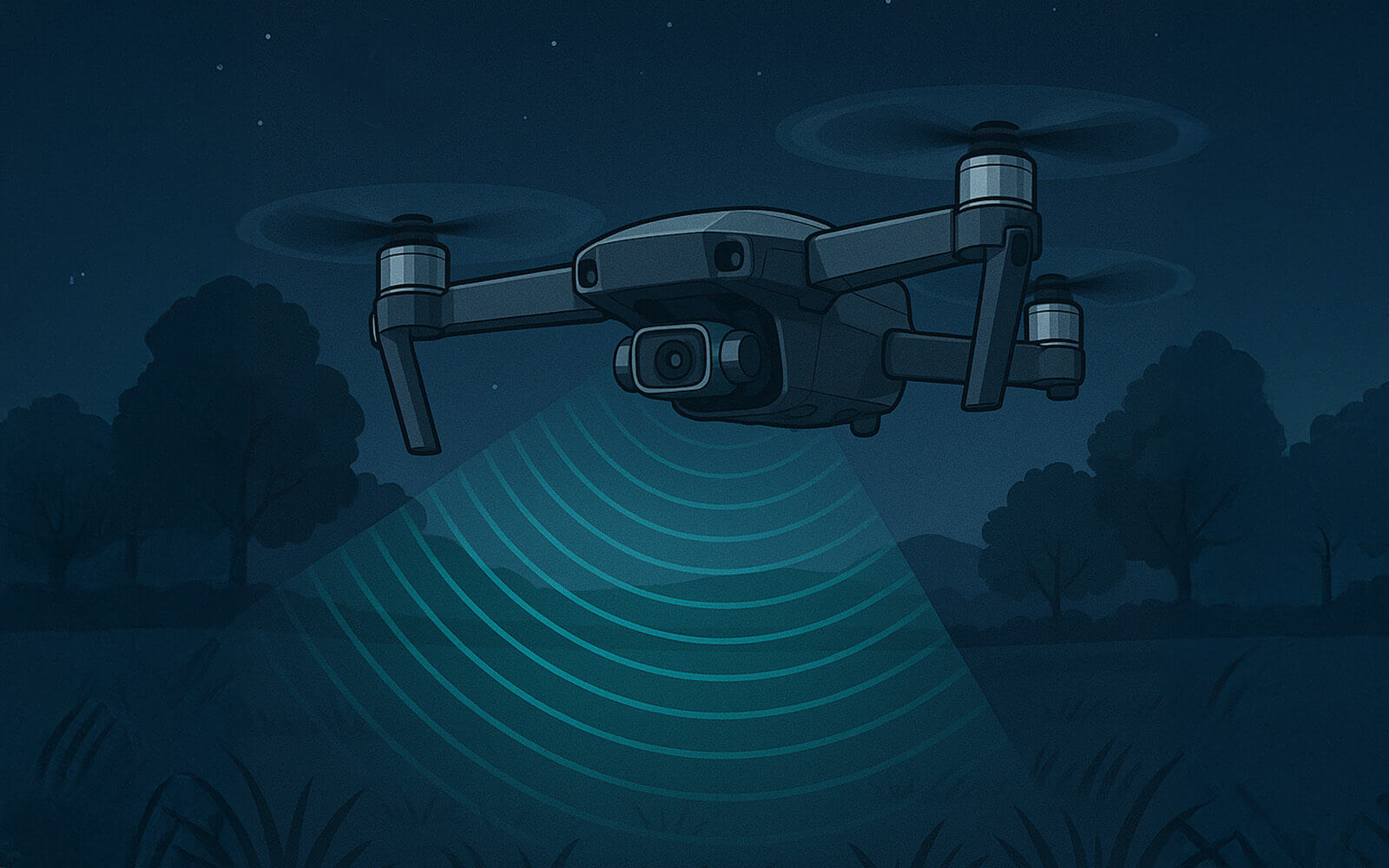
Industrial Applications
Time of flight sensors have revolutionized various industrial sectors. Their ability to measure distance with precision makes them indispensable in environments where accuracy is paramount.
In robotics, ToF sensors play a crucial role in enhancing automation. These sensors provide essential data that enable robots to navigate spaces and avoid obstacles effectively.
Quality control processes also benefit greatly from ToF technology. The sensors ensure that products meet specific standards by accurately measuring dimensions and volumes.
Moreover, in logistics, ToF sensors streamline operations. They help in inventory management, ensuring that systems operate efficiently by providing real-time data on stock levels.
These applications exemplify the versatility and importance of ToF sensors. With continued innovation, their role in industrial settings is set to expand, offering even greater efficiencies and capabilities.
Robotics and Automation
In robotics, time of flight sensors are crucial for spatial awareness and navigation. The sensors enable robots to move through complex environments by providing accurate distance measurements.
ToF technology enhances a robot's ability to detect and avoid obstacles, ensuring safer operation. It also facilitates precision in task execution, such as picking and placing objects with accuracy.
Applications in robotics and automation include:
- Autonomous navigation systems.
- Complex machine coordination.
- Obstacle avoidance in dynamic environments.
These capabilities make ToF sensors invaluable for advancing robotic technologies, providing a foundation for more sophisticated systems and applications in the future.
Quality Control and Inspection
Quality control processes benefit enormously from time of flight sensors. Precision is critical in manufacturing, and ToF sensors ensure products meet required dimensions and specifications. Through detailed 3D mapping, these sensors detect defects and inconsistencies. This ensures only products adhering to quality standards proceed to distribution.
Key applications in quality control include:
- Non-contact measurement of product dimensions.
- Real-time data collection for immediate quality assessment.
- Defect detection through precise 3D modeling.
Such precise inspection capabilities streamline production, reduce waste, and increase product reliability, contributing significantly to efficiency.
Logistics and Supply Chain Management
In logistics, ToF sensors enhance inventory accuracy and improve operational efficiency. They provide real-time data on stock levels, ensuring efficient space utilization and timely restocking.
ToF sensors also play a role in optimizing supply chain operations. By providing precise measurements of cargo dimensions, they facilitate better packaging and shipment planning.
Examples of ToF applications in logistics include:
- Automated inventory management.
- Precise cargo dimensioning.
- Improved warehouse space optimization.
These applications contribute to cost savings and reliability, making ToF sensors an integral part of modern logistics and supply chain management. The efficiency they bring helps businesses manage resources more effectively and streamline processes.
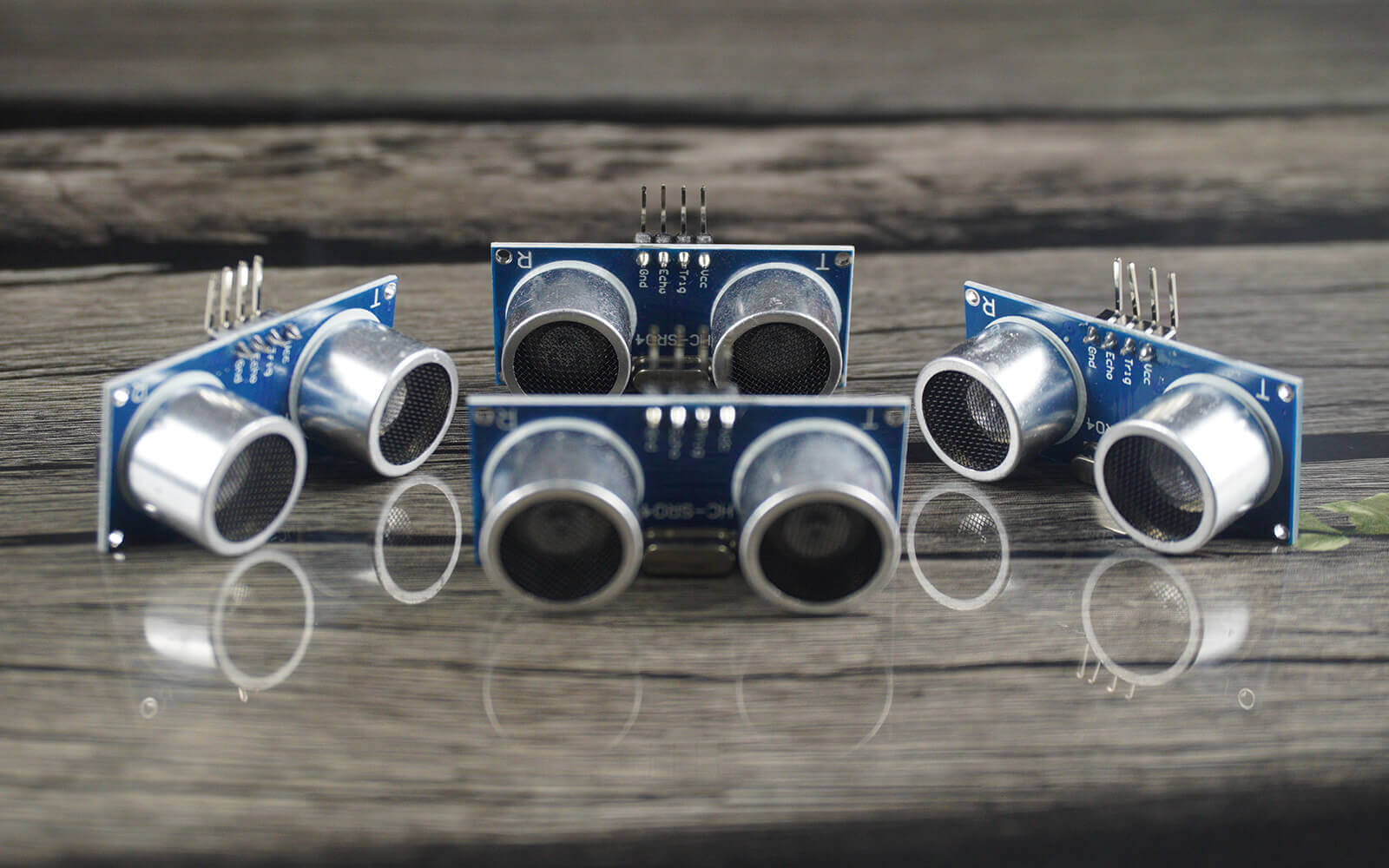
Consumer Electronics
Time of flight sensors have become a transformative technology in consumer electronics. They enhance user experiences with high-precision data collection. Devices equipped with ToF sensors can offer richer, more interactive functionalities.
In smartphones and tablets, ToF sensors enable advanced features. They improve camera capabilities by delivering superior depth sensing. This results in better autofocus and enhanced photo quality.
Gaming and augmented reality (AR) have also seen remarkable improvements with ToF technology. ToF sensors allow players to immerse in environments, interacting with digital elements in real time. They create a seamless bridge between reality and virtual experiences.
The integration of ToF sensors in consumer electronics continues to grow. This trend is fueled by the demand for more interactive and engaging user experiences. As technology evolves, the precision and functionality of ToF sensors will become even more crucial in setting new standards in digital interactions.
Smartphones and Tablets
Smartphones and tablets leverage time of flight sensors to deliver cutting-edge features. These sensors enhance photographic capabilities by providing accurate depth mapping. This allows for a more immersive and intuitive camera experience.
The ToF sensors also facilitate facial recognition, offering enhanced security and usability. Users experience smoother interactions as devices respond quickly to biometric inputs.
Key applications in smartphones and tablets include:
- Improved autofocus in cameras.
- Enhanced facial recognition security.
- Augmented reality features for immersive apps.
The compact and efficient nature of ToF sensors allows manufacturers to offer these advanced features without compromising device portability or battery life. As such, they are becoming a staple in modern consumer electronics design.
Gaming and Augmented Reality
In gaming and augmented reality, time of flight sensors create immersive and responsive experiences. Players interact with AR elements seamlessly, enjoying a rich, dynamic gameplay environment. This enhances engagement and user satisfaction.
ToF sensors enable gesture-based controls, which add a layer of interactivity. Players and users can manipulate game elements or UI features with simple hand movements.
These key benefits enrich the gaming and AR experiences:
- Precise motion tracking for realistic gameplay.
- Gesture recognition for dynamic control.
- Real-time depth sensing for enhanced interactivity.
By integrating ToF sensors, developers are redefining the way users engage with digital worlds. This advancement not only elevates entertainment value but also opens new possibilities in creating virtual and augmented experiences that are more engaging and lifelike.
Healthcare and Medical Imaging
Time of flight sensors are increasingly vital in healthcare, improving patient care and medical imaging. They provide precise measurements crucial for monitoring and diagnosing health conditions. This capability is transforming traditional healthcare methods.
Patient monitoring systems benefit immensely from ToF technology. These sensors offer real-time data, enhancing the detection of vital changes. Medical teams can now monitor patients with greater accuracy and efficiency.
In the realm of medical imaging, ToF sensors facilitate high-quality scans. They contribute to clearer, more detailed images crucial for diagnostics. This precision helps in identifying conditions that require immediate attention or long-term management.
Healthcare providers are adopting these sensors for a variety of applications. The potential for non-invasive, real-time monitoring ensures that patients receive timely interventions. As this technology advances, its healthcare applications will continue to expand, promising enhanced accuracy and patient outcomes.
Patient Monitoring Systems
Time of flight sensors enhance the accuracy of patient monitoring systems. These sensors provide detailed real-time data, which is crucial for timely medical interventions. They enable continuous monitoring without physical contact, reducing patient discomfort.
The precision of ToF sensors improves the detection of vital changes. Medical professionals benefit from instant alerts about patients' health statuses. This ability to monitor changes in real-time is invaluable in critical care settings.
Key advantages of ToF in patient monitoring include:
- Non-invasive continuous data collection.
- Quick identification of changes in patient condition.
- Enhanced comfort for patients during monitoring.
By integrating ToF technology, patient monitoring systems are more responsive and dependable. This advancement is vital in optimizing healthcare delivery, ensuring that interventions are prompt and appropriate.
Medical Imaging and Diagnostics
In medical imaging, time of flight sensors revolutionize the clarity and detail of diagnostic images. ToF sensors capture high-resolution images rapidly, aiding in precise diagnostics. This accuracy is crucial for effective treatment plans.
These sensors improve imaging by reducing noise and enhancing contrast. Such improvements are essential for identifying conditions early. They help distinguish intricate details that might be missed with conventional imaging methods.
Medical imaging applications of ToF sensors include:
- Enhanced clarity and resolution in scans.
- Faster imaging speeds reducing patient exposure.
- Improved contrast for detailed diagnosis.
By augmenting imaging capabilities, ToF sensors aid in more accurate diagnostics, leading to better patient outcomes. This technology ensures healthcare providers have the best tools available for decision-making in patient care.
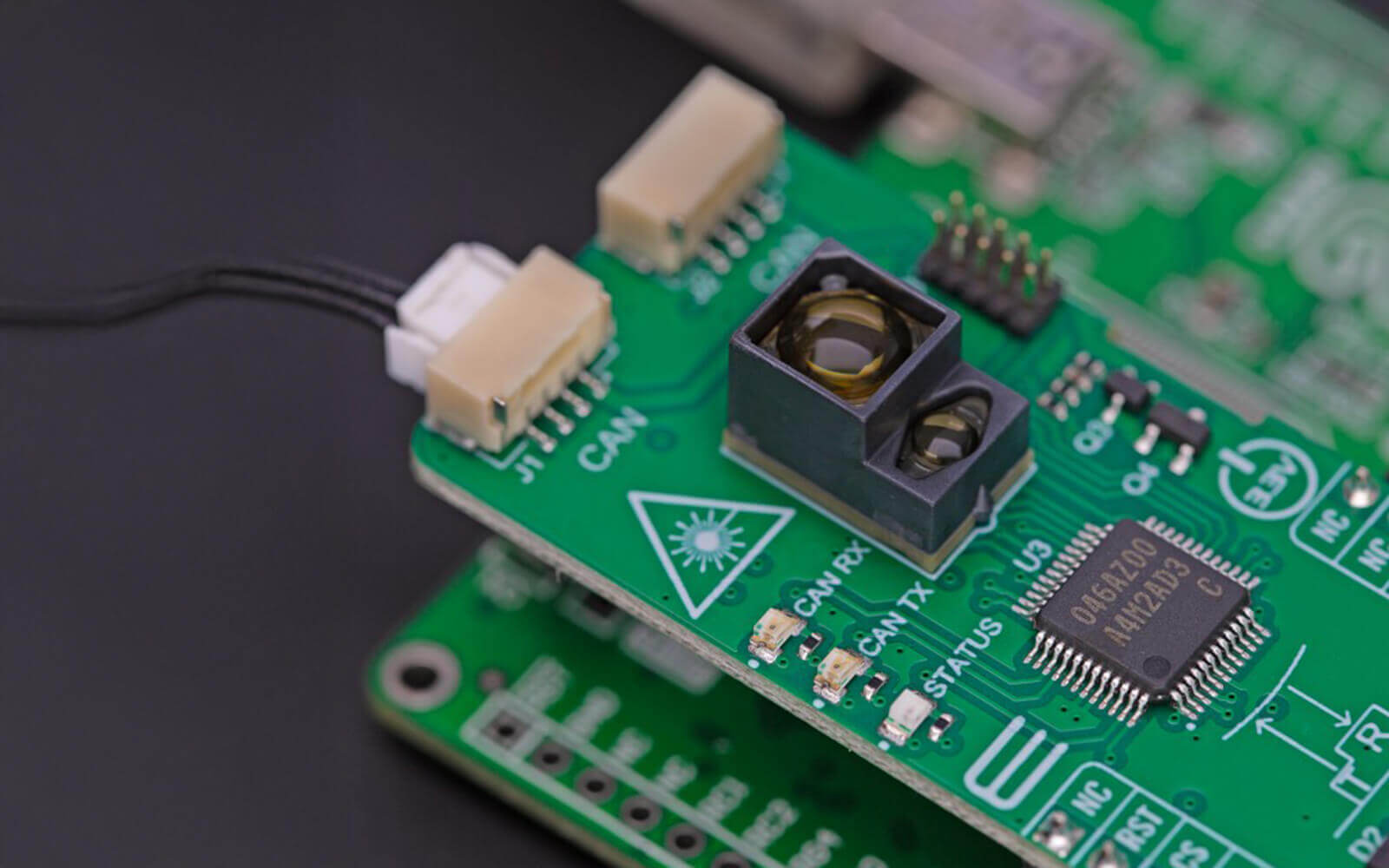
Automotive Applications
Time of flight sensors are revolutionizing the automotive industry. They enhance vehicle safety and functionality through precise measurement capabilities. This technology is central to the development of smarter, safer vehicles.
In driver assistance systems (ADAS), ToF sensors provide crucial spatial awareness. They aid in navigation and obstacle detection, reducing the risk of accidents. These sensors contribute to a more seamless driving experience by alerting drivers to potential hazards.
Inside the vehicle, ToF sensors improve interior monitoring and safety. They detect occupant presence and position, optimizing airbag deployment and seatbelt tensioning. This ensures passenger safety, making vehicles more intelligent and responsive.
The automotive use of time of flight technology includes:
- Enhanced situational awareness in ADAS.
- Improved passenger safety through interior monitoring.
- Support for autonomous vehicle navigation systems.
The integration of ToF sensors is paving the way for advanced automotive innovations. As the demand for smart vehicles grows, so does the importance of this technology.
Driver Assistance Systems
Driver assistance systems benefit extensively from time of flight sensors. These sensors provide critical information about the vehicle's surroundings, ensuring safe navigation. They help in detecting objects, lane markings, and road edges with precision.
ToF sensors in ADAS can enhance a driver’s situational awareness. By processing real-time data, they warn of potential collisions or obstacles. This capability is key in reducing driver error and preventing accidents.
Key benefits of ToF sensors in driver assistance systems include:
- Accurate obstacle and pedestrian detection.
- Improved lane-keeping and navigation aid.
- Enhanced overall situational awareness.
With ToF technology, vehicles become more adept at handling complex environments. This advancement supports safer driving conditions and lays groundwork for future autonomous functionalities.
Interior Monitoring and Safety Features
ToF sensors are pivotal in enhancing interior monitoring and safety features in vehicles. They accurately detect passenger presence and movements, improving safety systems’ responsiveness. This enhances passenger protection by personalizing safety measures like airbag deployment.
This technology tracks occupants’ positions and adjusts safety protocols accordingly. It ensures optimal airbag inflation and seatbelt force, tailored to individual needs. Such capabilities maximize the effectiveness of safety mechanisms in critical situations.
Benefits of ToF sensors for interior monitoring include:
- Accurate detection of passenger presence.
- Tailored safety feature adjustments.
- Enhanced comfort and safety for all passengers.
By integrating ToF sensors, automakers can offer advanced safety features. This improves passenger well-being, ensuring vehicles are not only smarter but also safer.
Conclusion
The versatility of time of flight sensors is undeniable. They've transformed industries, enhancing precision and efficiency across applications. Their ability to create accurate 3D images is central to this impact.
As technology evolves, the capabilities of ToF sensors will only grow. Integration with AI and machine learning will offer unprecedented insights and applications. This trend holds great promise for many sectors, from healthcare to automotive.
The future of ToF sensors is bright and full of potential. By continuing to innovate, they will open doors to new opportunities. These sensors are key enablers for the next generation of smart technologies.
Future Trends in ToF Sensor Applications
Looking ahead, ToF sensors will become more integrated with advanced technologies. Developments in AI and machine learning will enhance data processing and real-time decision making.
We can expect increased adoption in IoT devices and smart environments, making our everyday lives smarter and more efficient. These innovations will ensure that ToF sensors remain at the forefront of technological advancements.
Summary of Key Applications
Time of flight sensors play significant roles in diverse fields. In consumer electronics, they enable facial recognition and AR in smartphones and tablets. Meanwhile, in healthcare, they provide critical insights for patient monitoring and diagnostics.
In automotive applications, ToF sensors enhance driver assistance systems and interior safety features. Their impact is evident in various domains, highlighting their adaptability and importance. As these sensors continue to evolve, their applications will broaden further, offering even greater benefits across different sectors.
Time-of-Flight Sensors in Action: Products & Projects
Curious how Time-of-Flight sensors are being used in real-world applications? We’ve got you covered.
Explore our lineup of ToF Click boards™ – ready-to-use modules that enable high-precision distance measurement in compact form. Perfect for gesture control, robotics, obstacle detection, and other proximity-based systems.
Want to see ToF in action? Dive into hands-on projects on EmbeddedWiki. Discover how developers and makers are using Time-of-Flight technology in automation, smart devices, and interactive designs. Whether you're seeking inspiration or practical build guides, it’s all just a click away.
ABOUT MIKROE
MIKROE is committed to changing the embedded electronics industry through the use of time-saving industry-standard hardware and software solutions. With unique concepts like Remote Access, One New Product/Day, Multi-Architectural IDE and most recently, the EmbeddedWiki™ platform with more than million ready-for-use projects, MIKROE combines its dev boards, compilers, smart displays, programmers/debuggers and 1800+ Click peripheral boards to dramatically cut development time. mikroBUS™; mikroSDK™; SiBRAIN™ and DISCON™ are open standards and mikroBUS only has been adopted by over 100 leading microcontroller companies and integrated on their development boards.
Your MIKROE












 BDC-AFBR-S50 TOF Sensor Board
BDC-AFBR-S50 TOF Sensor Board LightRanger Click
LightRanger Click  LightRanger 2 Click
LightRanger 2 Click  LightRanger 3 Click
LightRanger 3 Click  LightRanger 4 click
LightRanger 4 click  LightRanger 5 Click
LightRanger 5 Click  LightRanger 7 Click
LightRanger 7 Click  LightRanger 8 Click
LightRanger 8 Click LightRanger 9 Click
LightRanger 9 Click LightRanger 10 Click
LightRanger 10 Click LightRanger 11 Click
LightRanger 11 Click  LightRanger 12 Click
LightRanger 12 Click  LightRanger 13 Click
LightRanger 13 Click  Proximity 15 Click
Proximity 15 Click Proximity 16 Click
Proximity 16 Click  Proximity 21 Click
Proximity 21 Click  TFmini Click
TFmini Click 